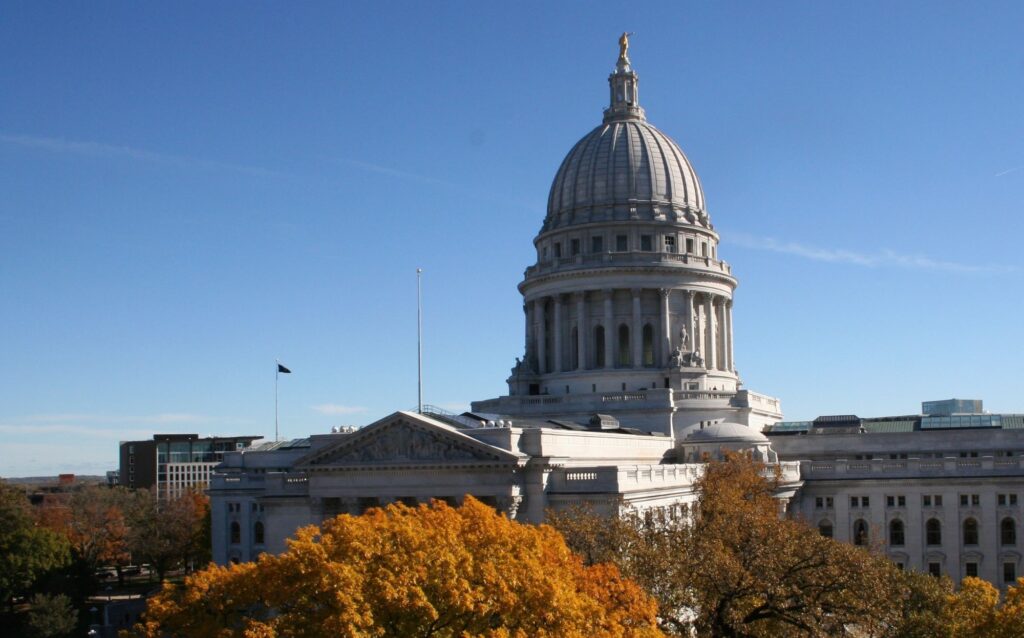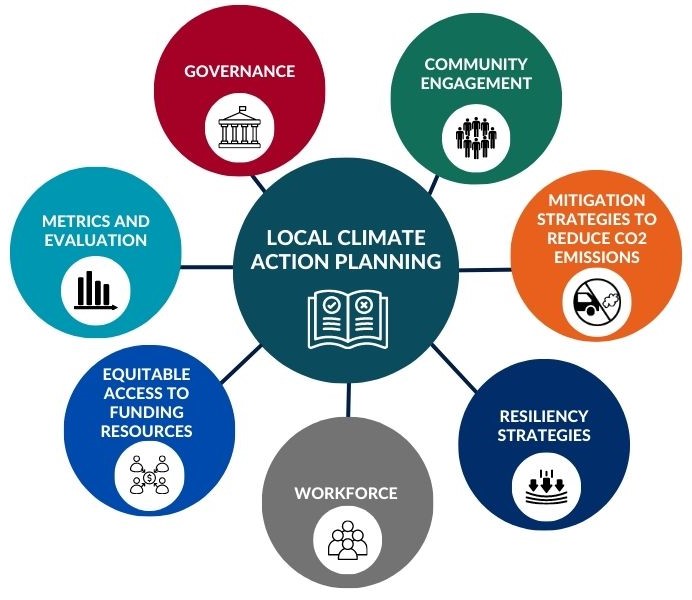Strategy Guide
The Strategy Guide is not a scorecard, but rather a menu of strategies that municipalities can consider based on their unique circumstances and characteristics, including staff and budgetary resources, environmental conditions, population, and community resources and priorities.
The Guide can be consulted at any phase of the process, from drafting a resolution, to crafting a plan, through implementation and evaluation, so that future follow-on steps are clear. It should be shared among staff across municipal departments and with elected officials/policy-makers to support collaborative efforts and make sure priorities are aligned.
The Strategy Guide includes the following components: Community Engagement, Mitigation Strategies to Reduce Greenhouse Gas Emissions, Resiliency Strategies, Workforce, Equitable Access to Resources, Metrics and Evaluation, and Governance.
Each component of the strategy guide is essential to meeting the Toolkit’s goal of providing Wisconsin communities a resource for incorporating equity considerations in regard to climate action planning.
Strategy Guide Components:
Community Engagement
Objective: Climate Action Plans are more effective and equitable when written and implemented with input from diverse stakeholders who reside within a locality and represent all ages, income levels, races and ethnicities, and abilities.
Are you engaging the full diversity of stakeholders and equitably incorporating their input from planning through implementation?
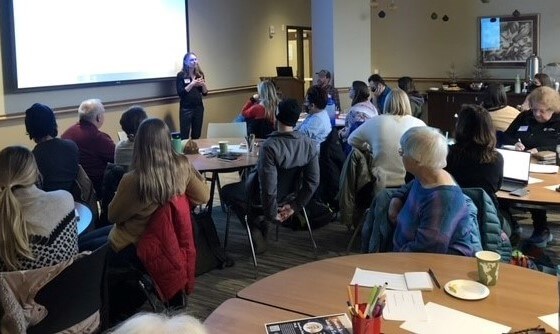
Mitigation Strategies to Reduce Greenhouse Gas Emissions
Objective: Households that are low-income or on a fixed income, seniors, people with disabilities, and/or people of color are more vulnerable to rising energy costs and stand to benefit the most from energy efficiency and energy savings programs, yet these programs are harder to access for historically marginalized populations.
Does your municipality have energy-saving programs and services designed to benefit all customers? Are you sharing information with community members who need funding support the most and are least likely to be aware of opportunities?
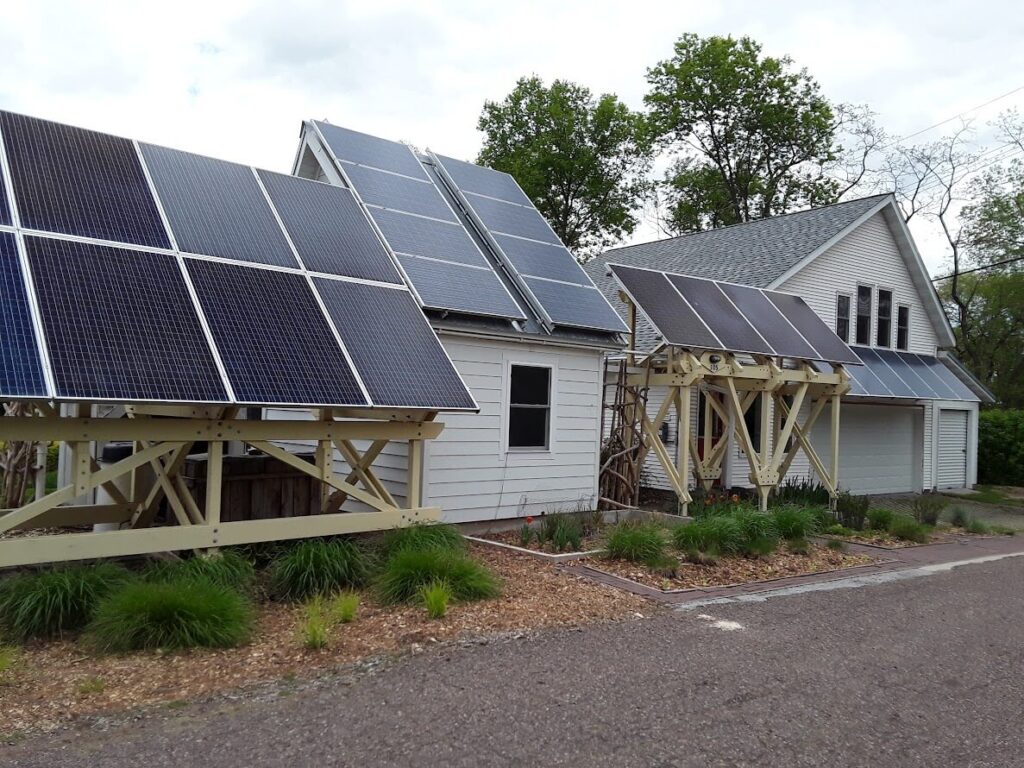
Objective: Households that are low-income or on a fixed income, seniors, people with disabilities, and/or people of color are more vulnerable to rising energy costs and stand to benefit the most from the cost savings and cleaner air offered by renewable energy programs, yet these programs are harder to access for historically marginalized populations.
Does your municipality have renewable energy programs and services designed to benefit all customers and increase access for disadvantaged populations?
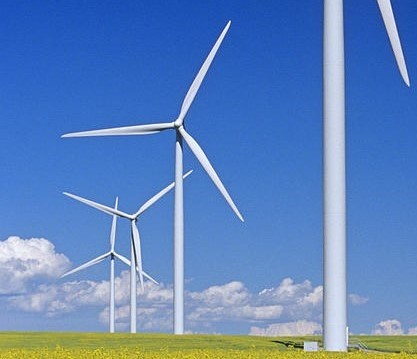
Objective: Historically, communities of color and people living in low-income neighborhoods are less likely to own a vehicle. These communities and people living in rural areas are less likely to have access to convenient public transit and safe bicycle and pedestrian networks and are more vulnerable to pedestrian crashes. Additionally, many police departments lack comprehensive methods for accurately recording and reporting pedestrian and bicycle crash data.
Do your transportation networks prioritize safe, easy, and convenient access to public transit and multi-modal transportation networks for everyone in your locality, particularly those without access to a vehicle? Do low and moderate income neighborhoods have access to active transportation networks for walking and biking?
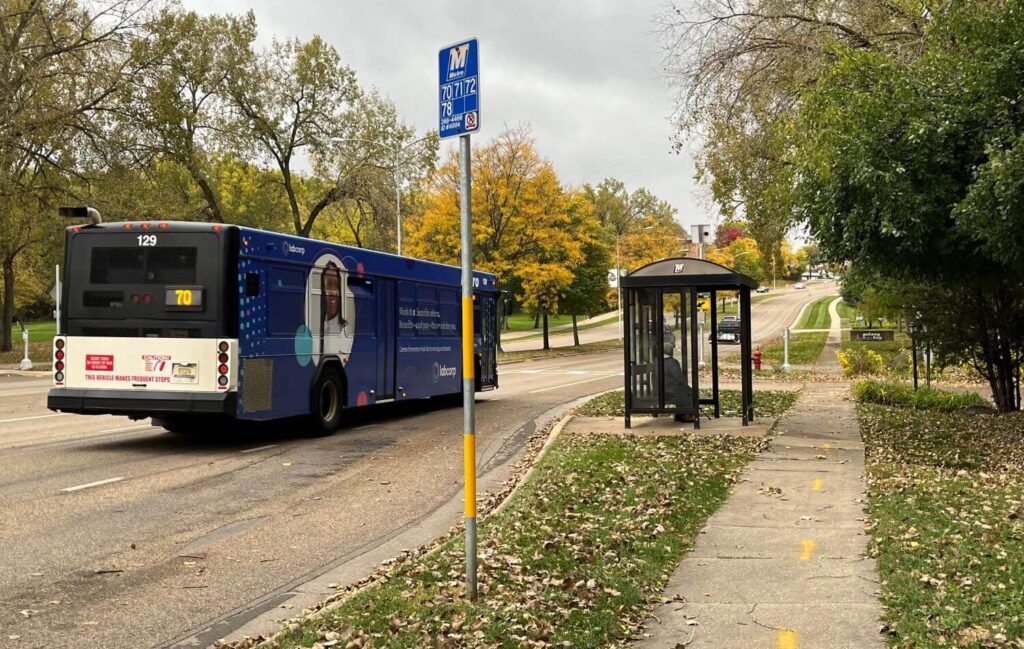
Objective: Historically, communities of color and people living in low-income neighborhoods are more likely to be exposed to air and noise pollution from traffic. This has long-term implications for respiratory, cardiovascular, and mental health.
Are you taking into consideration the impact of noise and air pollution when you plan road expansions? Are you reducing exposures to traffic-related pollutants by facilitating adoption of clean transportation technologies in vulnerable communities? Are you considering alternatives to road expansions in vulnerable neighborhoods?
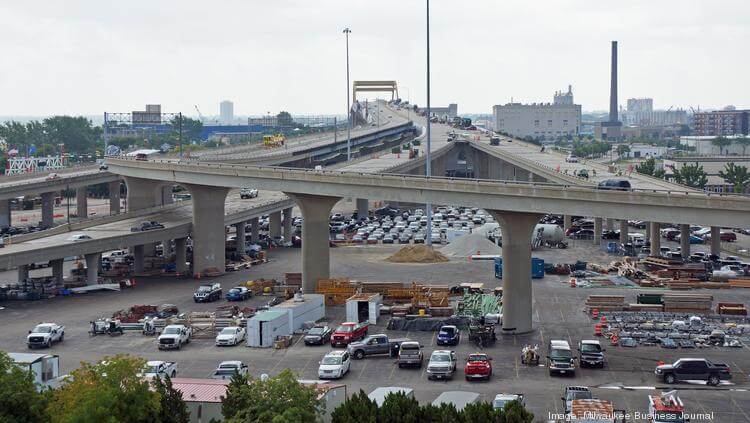
Objective: Electrification is beneficial if it satisfies one or more of the following three principles without adversely affecting the other two: 1) it saves customers money over the long run; 2) it enables better grid operation; and, 3) it reduces negative environmental impacts.
Are you providing assistance and access to resources to ensure that building retrofits include electrification and that assistance and access is readily available and targeted towards buildings in marginalized communities and low-income households?
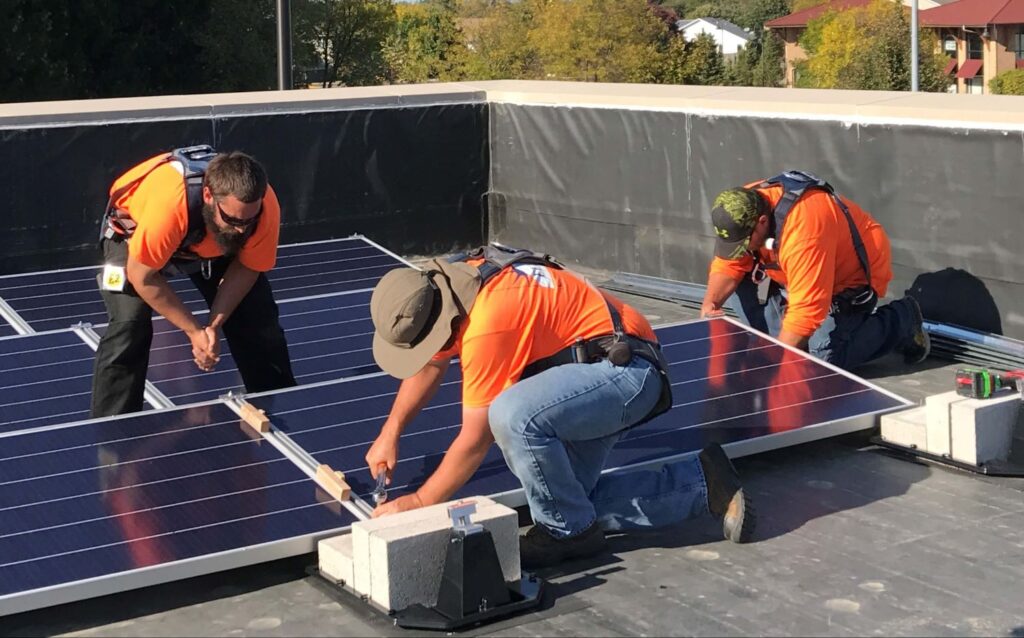
Objective: Patterns of transportation and land use decisions are still shaped by redlining, while housing and mobility comprise large portions of the budget for low to moderate-income households. Lack of access to affordable housing for low-income and middle-income individuals and families are widening disparities in communities of all sizes.
Are you reducing disparities and meeting the needs of underserved communities through equitable development? Are you helping to ensure that new housing is energy efficient and incorporates beneficial electrification?
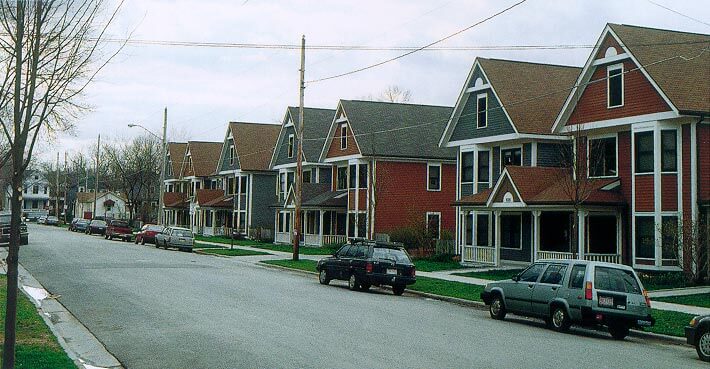
Objective: Low-income communities and communities of color are far more likely to be located near carbon-intensive infrastructure such as refineries, coal plants, and toxic waste sites.
Do you have a plan to equitably transition from polluting, carbon-intensive infrastructure to decarbonized technologies and provide the first and greatest benefit to the most environmentally burdened communities?

Objective: Low-income people, people with disabilities, and people of color are more vulnerable to food insecurity, and their neighborhoods often lack grocery stores, farmers’ markets, and other access points for healthy, affordable food; this is referred to as “food deserts” or “food apartheid.” In addition, the shift toward incentivizing personal vehicles within our transportation system has had a direct impact on community design that often under-prioritizes food access. Access to locally grown food can reduce the costs and environmental impacts associated with transporting food over long distances, and make systems less vulnerable to extreme weather events.
Are you ensuring that everyone has the opportunity to cultivate and consume healthy, affordable food? Are local foods accessible to everyone in grocery stores, farmers’ markets, and community gardens?
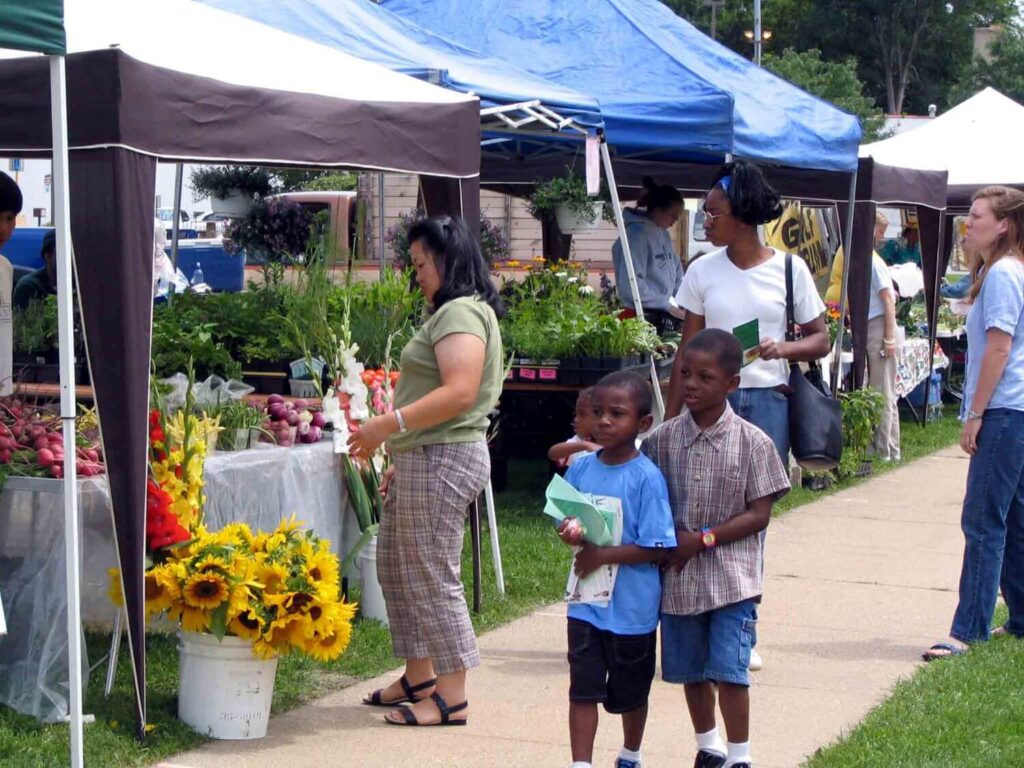
Objective: Low-income communities and communities of color have decreased access to recycling bins, mostly pertaining to rental situations. The decreased access doesn’t allow for low-income and communities of color to engage in this recycling process. Also, it’s also important to ensure that residents are educated on the correct recycling and composting practices.
Are you reducing the amount of waste generated, promoting all possible reuse and recycling, and composting organic materials? Are these services available to all communities? Is there education for proper recycling and composting practices available and accessible in multiple formats and languages?
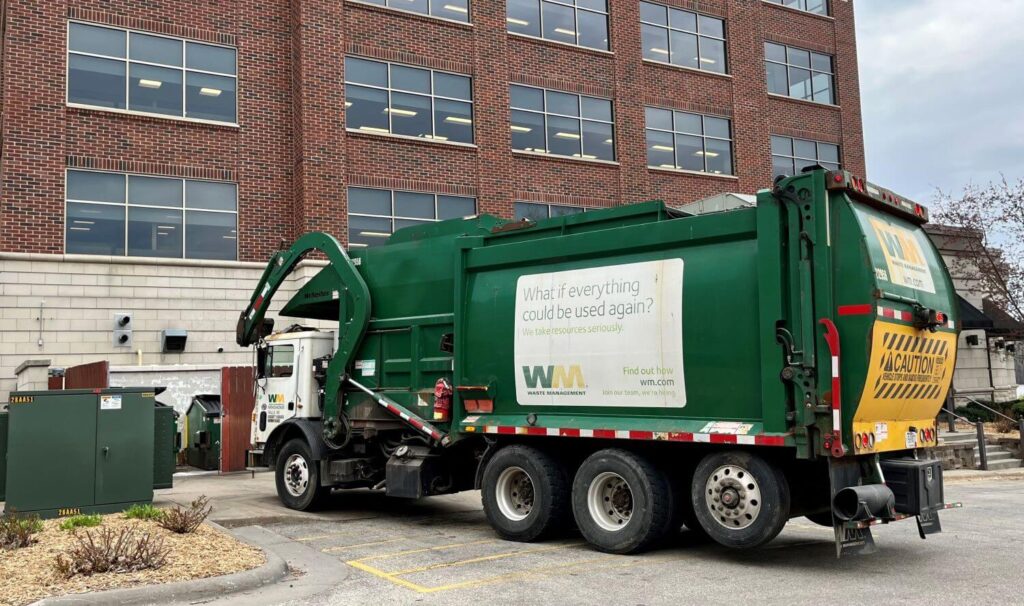
Objective: Access to clean water is not guaranteed in all communities, and aging infrastructure has made fresh water resources vulnerable to contamination during extreme weather events, especially in historically underserved neighborhoods. In addition, lead contamination is a serious issue in communities of color and low-income communities; changing temperatures and water qualities related to climate change can affect anti-erosive additives from decreasing lead leaching into drinking water.
Are you sustainably managing the natural resource of fresh water to protect the hydrosphere while meeting current and future demand?
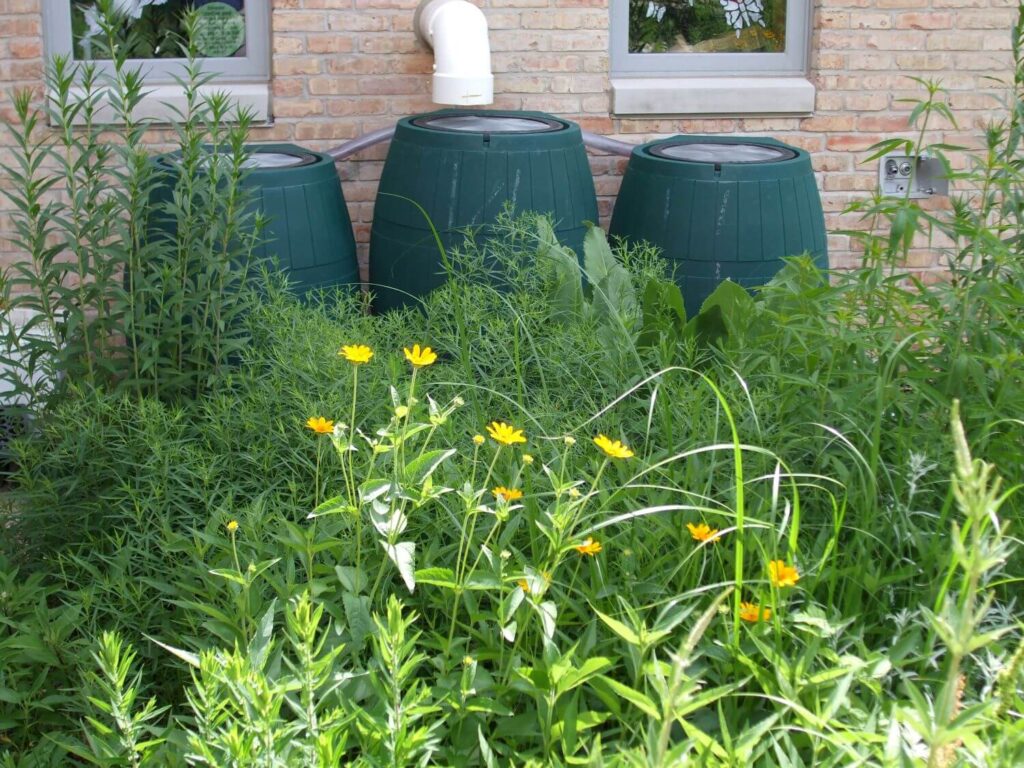
Objective: Access to natural outdoor spaces contributes to community wellness, yet low-income communities and communities of color are less likely to have easily accessible parks and green spaces than their wealthier counterparts. Ecosystem health and ecological processes are critical for maintaining clean air, safe drinking water, productive soils, pollination of food crops, and more.
Do your policies facilitate the preservation of land areas for outdoor recreation, education, protection of the natural habitat of flora and fauna, agriculture, historic significance, or general public benefit? Do underserved communities have access to these benefits?

Resiliency Strategies
Objective: Nature-based solutions for addressing stormwater management and other infrastructure needs are essential to local climate action planning, yet these solutions are not equitably distributed in all communities. Many BIPOC and low-income communities have been developed in low-lying and flood-prone areas as a result of the racist practice of redlining.
Are you implementing and using measures compatible with natural earth systems across your entire locality and in under-served neighborhoods, in particular?
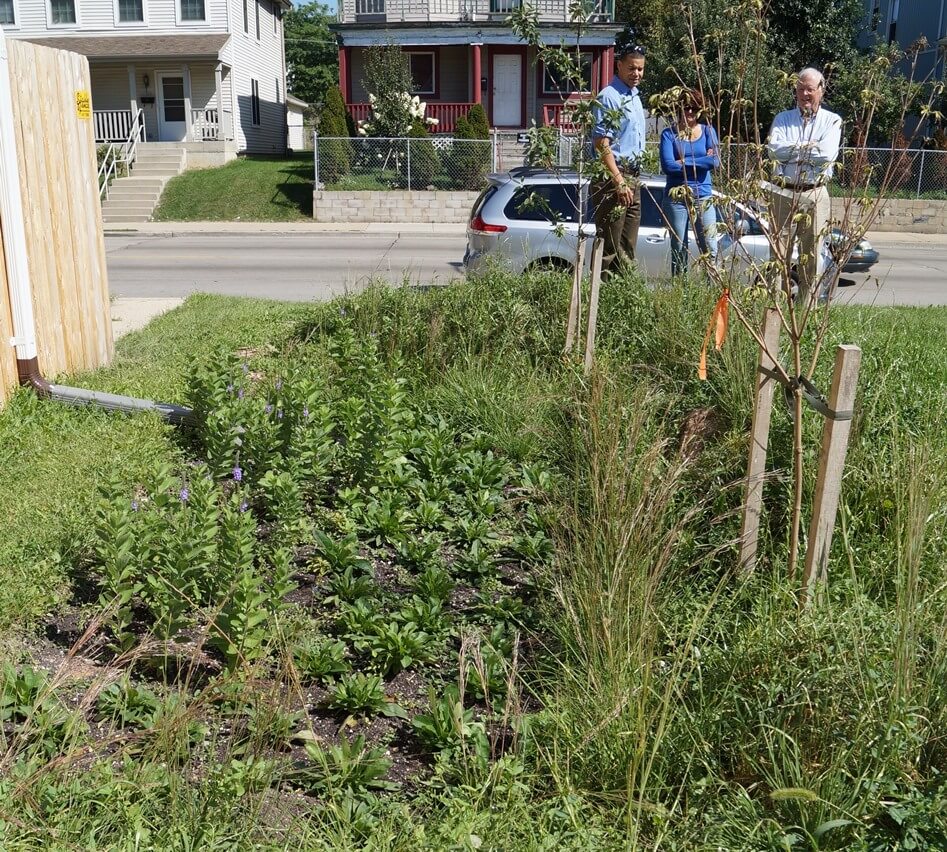
Objective: People who are more vulnerable to the negative impacts of extreme weather events and natural disasters are more likely to be seniors, have a disability, be unhoused, lack reliable internet access, be low-income, and/or be people of color. Extreme weather events and natural disasters can increase infection rates and housing mold via flooding in vulnerable communities. In addition, “environmental justice communities” are overburdened by cumulative environmental risks from pollution, toxins, flooding, water quality issues, and more.
Does your community have policies specifically geared toward responding to vulnerable populations during extreme weather events and natural disasters? Are you using available mapping tools to identify environmental risks where vulnerable populations live, learn, work, play and pray?
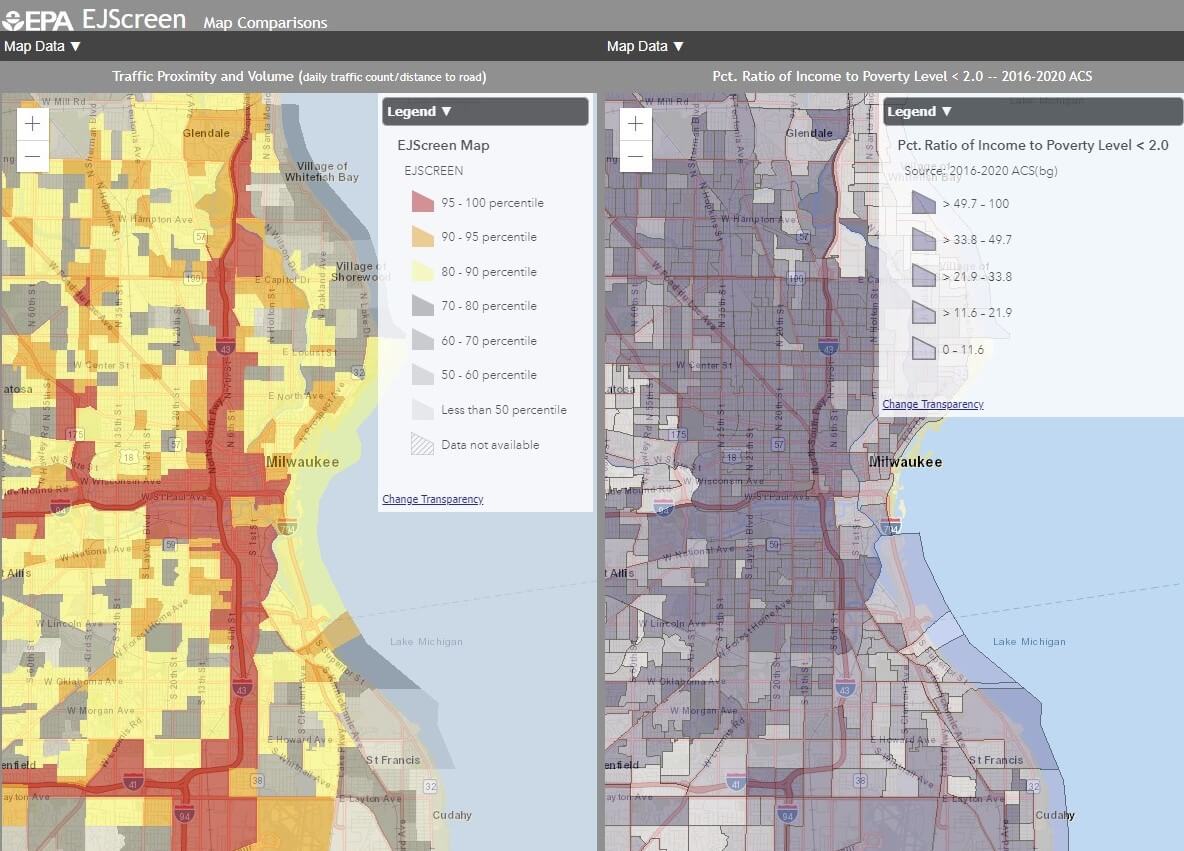
Objective: People who are over 65, have a disability, are unhoused, lack reliable internet access, are low-income, and/or are people of color are far more vulnerable to the negative impacts of extreme weather events and natural disasters. They also may have more limited access to emergency management services.
Are you adequately equipped with the workforce and resources needed to effectively respond to extreme weather events and natural disasters? Are you providing resources to equip homes so they can withstand extreme weather events? Are you ensuring that vulnerable populations have access to needs-based resources during and after an extreme event or disaster? Do people in your community have access to the proper insurance?
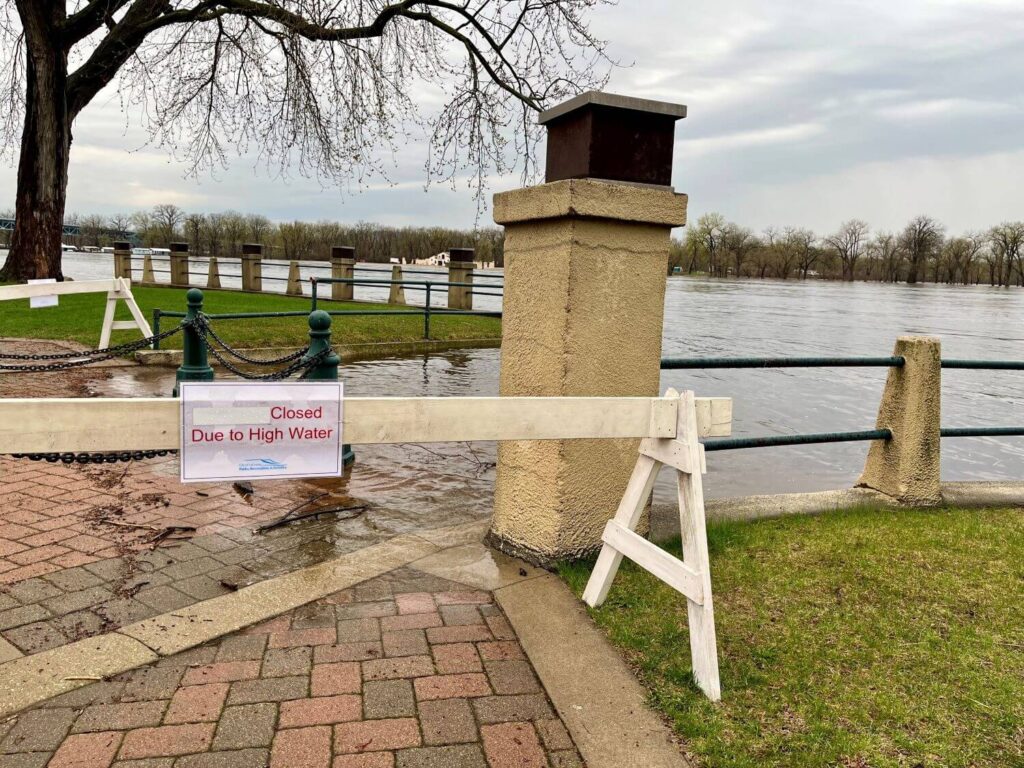
Workforce
Objective: Clean energy is a growing sector of the economy, yet workforce training and job opportunities are not easily available to people of low socioeconomic status, low education, or with a history in the carceral system.
Is your approach to workforce training and employment management rooted in racial and economic justice to advance a fair and prosperous economy with equal job opportunities for all?
Equitable Access to Funding Resources
Objective: Community-Based Organizations (CBOs) are by definition rooted in the neighborhoods they serve, and are often a trusted resource for residents who may be skeptical of government agencies and systems.
Are you directly investing in and partnering with community organizations? Are you supporting CBOs in identifying funding sources (e.g., IRA) that will assist them in educating and mobilizing residents and constituents to advocate for equitable climate measures?
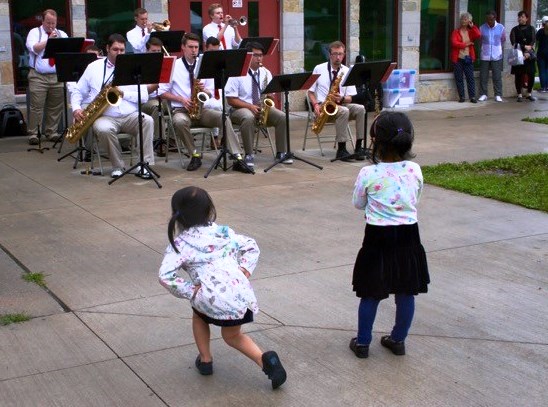
Metrics and Evaluation
Objective: Collection and analysis of metrics or data are needed to measure program progress and impact, and help hold programs and institutions accountable to achieve policy and program objectives. Tracking of transparent, equity-centered metrics is needed to ensure equitable program design and implementation.
Have you worked with marginalized communities to develop equity-centered metrics that will be tracked over time to assess program outcomes?

Governance
Objective: Government agencies often work in isolation from each other, hampering communication and collaborative efforts.
Are you positioning your climate strategies so that they break down silos amongst government agencies and promote whole-government cooperation for the benefit of everyone? Are all agencies and departments aware of an working toward equity and climate justice goals?
